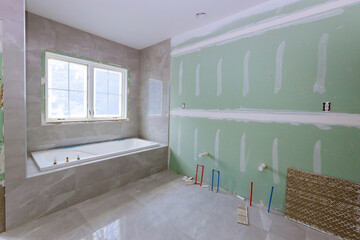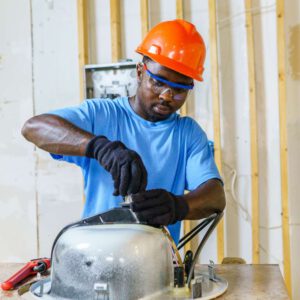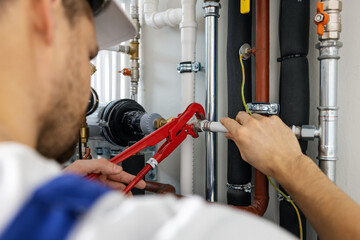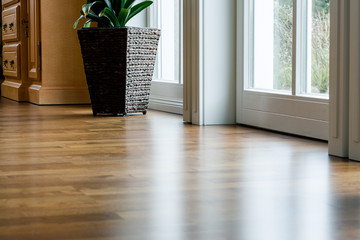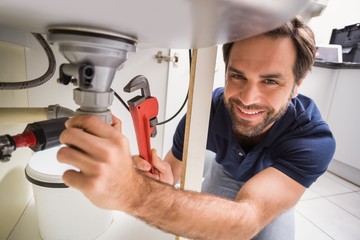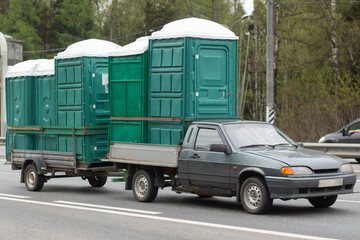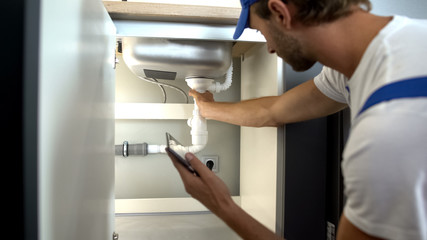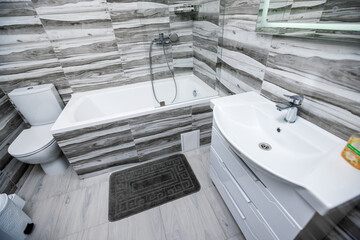If you plan on relocating fixtures like your tub, shower, and toilet, you’ll likely need a permit. Major layout changes, wiring alterations, and fixture replacements typically require permits too.
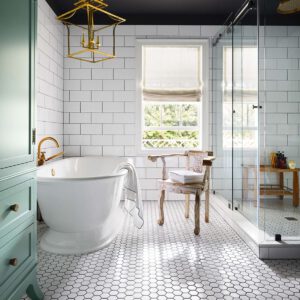
Knowing how you’ll use your bathroom can help you decide what features you want to include. For example, if you have kids, you might want a kid-friendly tub. For professional help, call Bathroom Remodeling Lexington KY.
There are a lot of design elements involved in any bathroom remodel. Wall paint and tile choices, vanity style, counters, and mirrors all come into play. But it’s also important to consider the practicality of the materials chosen. Your bathroom walls and floors will be subjected to moisture from showers, tubs, and toilets, as well as steam from a hot bath. That moisture can cause mold, mildew, and water damage, so your materials should be durable, easy to clean, and slip-resistant.
Before you start any bathroom remodel, it’s crucial to know what your motivation is and why you want a change. This will help guide your remodeling decisions and keep you on track to complete the project in a timely fashion. It’s also helpful to have a plan of action before you start, including where supplies are going to be stored, how construction trash will be hauled away, and how permits can be obtained if necessary.
Another important consideration is how much you’re willing to spend on your remodel. If you have a budget, it’s always best to stick with it and not go overboard, as this can add to the overall timeframe and cost of your project. There’s nothing worse than finishing a remodel and regretting the extra features you’ve added that were beyond your budget. Be sure to set aside funds for unexpected expenses like permitting and the cost of any new plumbing fixtures or appliances.
Plumbing
When a bathroom remodel starts, it’s best to have all plumbing work done by professionals. The contractors can ensure that the new design will not only be functional and visually appealing but also in compliance with local and state plumbing regulations. This includes adding an appropriate amount of insulation around the pipes, rerouting the existing plumbing lines, and installing a fan to properly ventilate the space.
Depending on the scope of the project, the contractor may have to apply for a permit from your city or town to do the work. This is especially true if the bathroom will be gutted, meaning it will require dropping walls and rewiring electrical systems. A permit is also necessary if the bathroom is being expanded or extended.
After the plumbing and drywall have been completed, it’s time to start installing any cabinets, sinks, tubs, showers, or tile. It’s important to choose the right fixtures for your bathroom, as there are a wide variety of sizes and shapes to suit any style. This is a great opportunity to replace outdated hardware, such as towel bars and toilet paper holders.
While the walls are open, it’s a good time to paint the bathroom and make any electrical alterations. It’s also a great time to install the exhaust fan, which is crucial for ventilating the space and preventing mold and mildew.
This is the final step in the remodel and arguably one of the most exciting. Having the toilet installed and running is the real reason that most people take on a bathroom remodeling project to begin with! Be sure to choose a toilet that fits your style and needs.
Electrical
Bathroom remodels often require electrical work, whether it’s installing new light fixtures or moving existing ones. This type of work should always be done by a licensed electrician. This is especially important in an area of the home that’s susceptible to moisture.
Some electrical remodeling projects can be done by a homeowner, but it’s generally best to leave the job to a professional, particularly when the project involves adding or moving outlets and switches. It’s also a good idea to have an electrician check that all electrical circuits in the bathroom have sufficient capacity before beginning the project. If a circuit overloads, it could cause a fire.
If your bathroom’s outdated appliances are causing high energy bills, you may want to upgrade them to more efficient models. Installing low-flow toilets, new shower heads, and smart water heaters can help reduce your home’s energy usage.
It’s a good idea to get quotes from several contractors before hiring one for your bathroom remodel. This can help you determine which contractor offers the best value for your money. You should also ask contractors to provide a written estimate before starting any work.
It’s important to find out if you need a permit for your remodel. Most cities require a permit for remodeling projects that cost over a certain amount. If you’re not sure whether a permit is needed, check with your local planning or building department. Some contractors will apply for the permit on your behalf, saving you time and hassle. Also, make sure that all outlets near a bathtub or shower are GFCI-protected to avoid any potential safety hazards. This will prevent electrical shocks in the event of a ground fault.
Flooring
Flooring is one of the major expenses for a bathroom remodel, but it can add tremendous value to your home in terms of aesthetics and functionality. Before beginning a new installation, it’s important to determine the best material for your space, your budget, and your personal taste.
First, if the existing floor is tile, it’s important to prepare the surface by leveling out any high spots using a carpenter’s level and a sand belt with either 40- or 6-grit sandpaper. It’s also essential to patch any cracks and use concrete filler for low spots that could cause moisture problems if left unaddressed.
Once the old floor is removed, it’s important to install a plywood underlayment to keep moisture from damaging the subfloor and eventually leading to mildew or mold. It’s also important to choose a waterproof or water-resistant flooring material, as bathrooms are the most humid areas in our homes and are subject to standing water and moisture for long periods of time.
Vinyl planks are a great option for bathrooms, offering style and durability at an affordable price. They can be laid directly over the subfloor or over an underlayment, if you prefer. The planks can be cut to fit around obstacles like the toilet or tub and installed with a snap-lock system.
If you’re looking for a classic and timeless tile look, ceramic tile is a great choice, available in a variety of sizes, colors, and patterns. You can also add visual interest to your bathroom with a hex or herringbone pattern. Granite tiles are another beautiful option, adding a sense of luxury and sophistication to your bathroom.
Lighting
The lighting and ventilation in your bathroom are important factors that affect the way it looks, feels, and works. It also influences the color and finish of your fixtures and accessories.
When reworking your bathroom, don’t overlook the ventilation system and electrical rough-ins. Depending on how long ago your home was built, these may need to be updated and reworked. Check with your local building department for more information.
Ventilation is essential for reducing moisture in bathrooms, and a good place to start when considering a remodel is by installing a new exhaust fan. A well-placed exhaust fan is the first line of defense against mold and mildew, as well as a great place to incorporate decorative and ambient lighting.
Another easy and inexpensive improvement is to switch out the light fixtures for something more modern. This is a quick fix that can make your bathroom look completely different without costing a fortune.
Once you’ve completed the layout changes, it’s time to add the finishing touches. Consider adding a window, a skylight, or a new vanity mirror to complete the look. You’ll also want to include bath accessories like towel racks, washcloth hangers, and soap dishes in finishes that match or complement your vanity hardware. New hand towels and bath mats can also help spruce up your space.
Ultimately, the bathroom is one of the most important rooms in your home, and it’s also probably one of the most used. A bathroom that’s outdated, unattractive, or dysfunctional can have a big impact on your family’s daily life and may even cause stress. However, the good news is that a remodeling project can be a wonderful way to transform your living space and enhance your home’s value.

